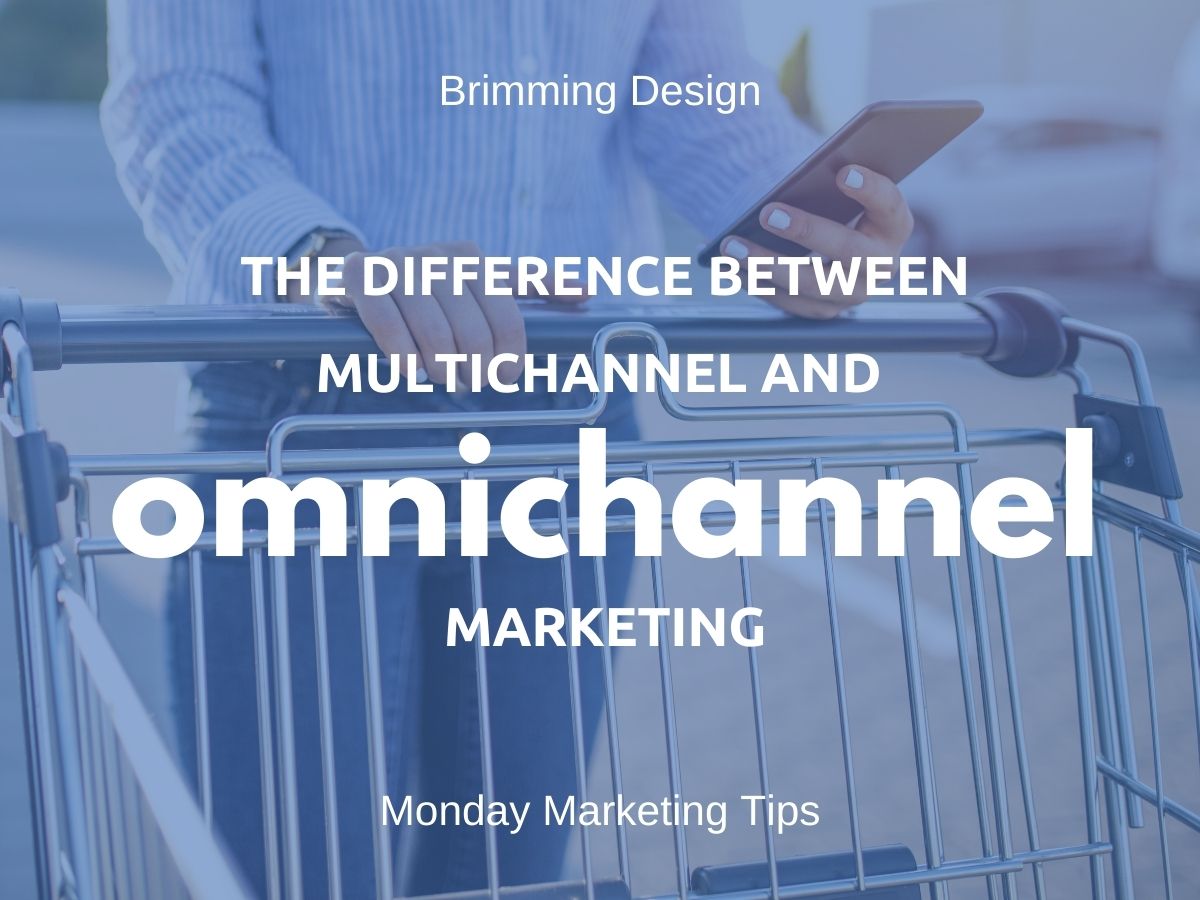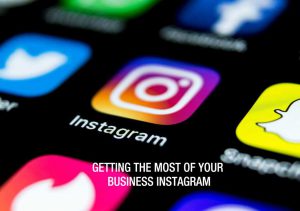They have different approaches. Multichannel marketing uses multiple channels to be seen by consumers and strengthen their brand, i.e., email, social media, in-store promotions, website, snail mail. In a previous article, we discussed the Rule of Seven: it takes at least seven impressions before registering with your target. If you are branding well, these different channels all have your branded look and message, creating repetition. The branding ties these pieces together, but they don’t interact with each other.
Omnichannel marketing takes multichannel to the next level.
The different channels are built to work together, combining into a single user experience. The point is to unite each of your communication channels’ strengths to deliver a consistent, compelling message.
An example: Starbucks’ Loyalty Rewards. The program runs through a rewards app on the customers’ cell phone. The mobile app links seamlessly to the Starbucks website and point of sale system. The customer can add funds and access reward information from the app, store, or computer. The connections continue with automated email reminders and cell alerts.
This omnichannel approach brings together all the channels and creates an exceptional user experience. According to this informative article by CM Commerce, omnichannel marketing has enormous advantages.
- According to Aspect Software, businesses that adopt an omnichannel strategy achieve a 91% great year-over-year customer retention rate compared to those that don’t.
- Another study showed that businesses with strong omnichannel customer engagement retain about 89% of their customers. This compares to only 33% of those with weak or no omnichannel customer engagement.
- 90% of consumers jump between different deceives throughout their day. Omnichannel marketers create impressions on all of them. The multiple views (desktop browsing, smartphone browsing, the app prompts) add up to more sales.
- Marketing teams that use three or more channels in their omnichannel marketing campaigns enjoy both a purchase and engagement rate that is 250% higher than those utilizing only a single channel.
Omnichannel marketers also demonstrate increases in the frequency of purchases and total purchase price. For more stats on this, be sure to read CM’s article. Not only are brands that have an omnichannel strategy experiencing more user engagement and retention, but they’re also experiencing an increase in how often consumers make a purchase and average spend.
More examples of effective omnichannel marketing:
Amazon: Combining their website, mobile app, Alexa devices, smartwatches, credit card, and even in-store pickup.
Walgreens: in-store and online shopping, links to fitness apps, surveys and immunizations.
Chase Bank: Same options in-bank, mobile app, and online.
Value City Furniture: Shopping online and in-store are linked, saving all information and preferences.




